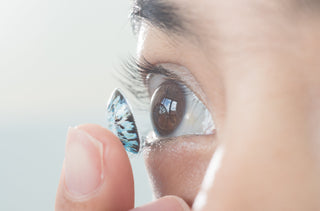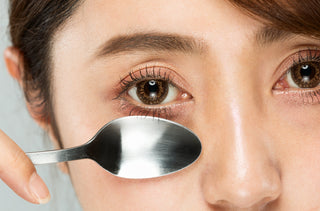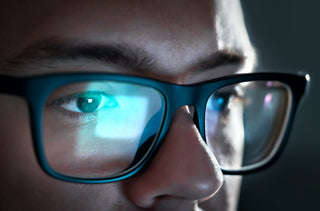If you wear glasses or contact lenses, you've probably heard of terms like hyperopia or astigmatism. But did you know that it is possible to have both visual conditions at the same time?
Understanding hyperopia
Hyperopia is a condition in which distance vision is generally sharper than near vision. It occurs when the eyeball is too short, or the curvature of the cornea is insufficient, preventing light from focusing correctly on the retina. Near objects appear blurred, and prolonged visual effort, such as reading, can cause eye fatigue.
Astigmatism
Astigmatism results from an irregularity in the curvature of the cornea or lens. This anomaly scatters light rays, preventing the eye from producing a clear image. People with astigmatism may perceive objects that are blurred or distorted, whether near or far.
Farsightedness and astigmatism: a common combination
Yes, it is quite possible to have hyperopia and astigmatism at the same time. These two visual disorders concern the way in which the eye focuses light, but they affect different aspects of vision. While hypermetropia alters the overall point of focus, astigmatism alters the sharpness of the image in certain directions.
A hyperopic person may also have an irregularly shaped cornea, resulting in astigmatism. Optometrists can often identify these two conditions during a comprehensive eye examination.
What are the symptoms?
When hyperopia and astigmatism co-exist, symptoms can include:
• Blurred or distorted vision at all distances.
• Headaches after prolonged visual effort.
• Eye fatigue and difficulty maintaining sharp focus.
• Treatment options
Fortunately, there are several solutions to correct these conditions:
• Glasses: Corrective lenses can be designed to correct hyperopia and astigmatism simultaneously.
• Contact lenses: Toric or multifocal contact lenses offer suitable correction for both conditions.
• Refractive surgery: Techniques such as LASIK or PRK can correct hyperopia and astigmatism by reshaping the cornea.
If you suspect a combination of hyperopia and astigmatism, it is important to consult an Optometrist. An accurate examination and appropriate correction can greatly improve your visual comfort and quality of life.
Don't hesitate to ask your Optometrist any questions at your next appointment at IRIS.





















































